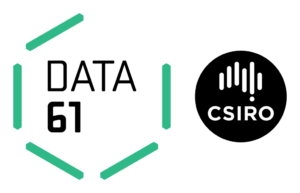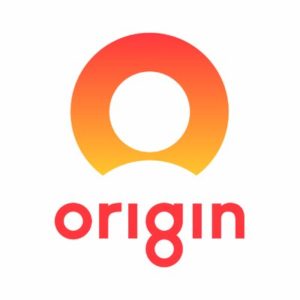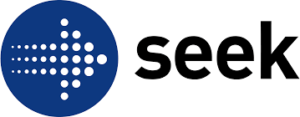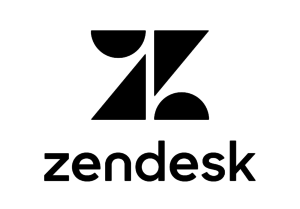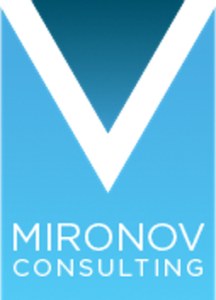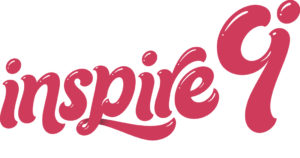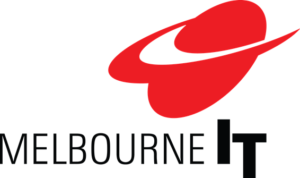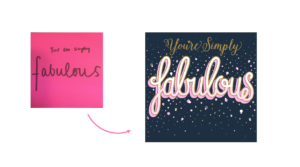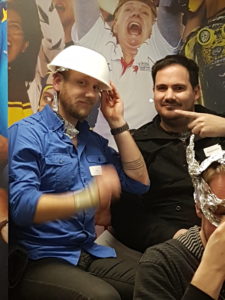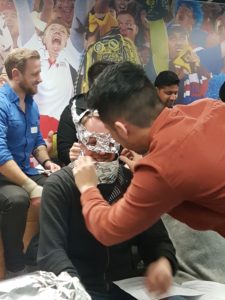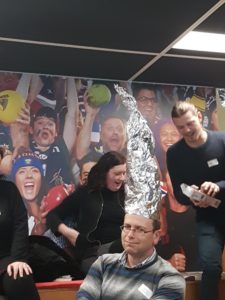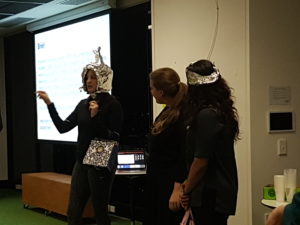Does data or design rule supreme for us product folk? When we’re deciding what to work on or how to create whatever we’re creating… which do we lean towards?
To debate data vs design, we gathered a fabulous panel:
Firmly on the data side was Marty Kemka from Northraine. Marty is a data scientist and entrepreneur. He’s worked on projects where something needed to shift and he says as long as you know the metric & design the experiment properly, the data should be able to show you the way.
On the design side, from Cogent, Amelia Crook is very interested in what human need is being solved and thinks people leave a trail of data but that data can’t give you the insight as to why the person has done something. The why is what gets you to the need.
Also, Steve Bauer was sitting on the design side. Steve also wants to understand the human element, is appreciative of qualitative research & yet knows his way around the numbers.
And finally Jane Register who has a design background and said she was also representing design. She’s previously worked with qualitative research but currently works on a product with lots of data. She has more data available now than ever before and finds that exciting.
FYI Jane & Steve work together at Aconex and prior to the event, Steve thought Jane would absolutely be on the data side. Jane later talked about how as a UX designer, she can’t have data without design nor design without data. For her you need to data to tell you some things but you also need the ‘why’.
We also had a great facilitator for the evening, Jane Scowcroft from Data61.
Everyone had a card to vote if they were ‘data’ or ‘design’ and the initial check suggested most were leaning towards the data side. Our unscientific count was data in the lead at maybe 60% of the audience. The subsequent discussion may have gotten us to a different outcome!?!
Delving into the data isn’t easy according to our design folks. You need to know the context of the questions asked, if the data is spread across different tables or db & there will be back & forth between you & the data analyst in order to even craft the right questions. You can get lost down data rabbit holes. Marty agreed that it needs to be a collaboration with the data analyst because you need to realise there will be database changes to work with, you need to know the context of when an event happened, you have to really understand what you’re measuring and what confidence level you have in all this.
We also touched on using the data to tell the right story of your product. How are you measuring success, what are you optimising for and is that in the context of your product, your department or the entire (especially when large) organisation?
About half way thru the evening, another audience check had us about 50/50 split across data v design.
We see the value of bringing data scientists & analysts into the design fold to help them do their jobs better. Marty recounted a project he worked on where he went out to the field to see how things where done which then greatly helped when he was back at his computer. Over the years it’s been about getting developers to understand the customers more… now we need to bring along the data folks.
Amelia mentioned that looking at an excel sheet doesn’t help you connect with your users. You don’t gain a lot of empathy amongst the cells and rows! Taking folks out in the field so they can meet users is great motivation for wanting to solve that problem for the user.
At the end, the panel couldn’t help itself and admitted needing both data and design to get a great outcome in your product world. I think maybe even Marty started coming around 🙂 And our audience was pretty even 50/50.
Thank you to Jane! Thank you Amelia, Jane, Marty & Steve! Thank you Data61 and Intrepid Group for sponsoring the evening!!
